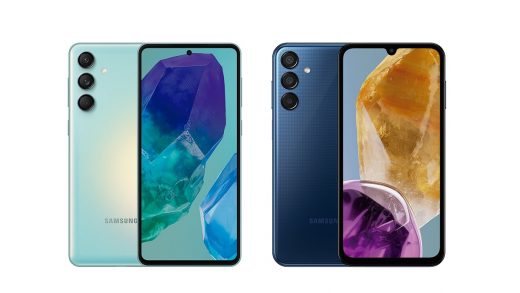
A groundbreaking discovery in graphene research has unveiled a new class of quantum states in a precisely engineered structure. Scientists from the University of British Columbia (UBC), the University of Washington, and Johns Hopkins University identified topological electronic crystals in a twisted bilayer–trilayer graphene system. The structure was created by stacking two-dimensional graphene layers with a slight rotational twist, leading to transformative changes in electronic properties.
Discovery and Methodology
According to a study published in Nature, the system utilises a moiré pattern formed when two graphene layers are misaligned with a small rotational angle. This pattern alters the way electrons move, slowing them down and introducing unique behaviours. Electrons in this twisted configuration exhibit vortex-like motion, revolutionising the understanding of graphene’s electrical properties.
Prof. Joshua Folk, associated with UBC’s Physics and Astronomy Department and the Blusson Quantum Matter Institute, explained to phys.org that the geometric interference effect enables the electrons to freeze into an ordered array while maintaining a synchronised rotational motion. This unique behaviour allows electric current to flow along the edges of the sample while the interior remains non-conductive.
Key Observations and Implications
As per reports, Ruiheng Su, an undergraduate researcher at UBC, observed this phenomenon during experiments on a twisted graphene sample prepared by Dr. Dacen Waters from the University of Washington. The locked yet rotating electron array displayed a paradoxical combination of immobility and conductivity, a property attributed to topology.
Prof. Matthew Yankowitz from the University of Washington highlighted to phs.org, that the edge currents are determined by fundamental constants, remaining unaffected by external disruptions. Such resilience stems from the topology of the system, likened to a Möbius strip where deformation does not alter the intrinsic properties.
Applications in Quantum Information
The discovery is expected to open pathways for advancements in quantum information systems. Coupling topological electronic crystals with superconductivity could enable the creation of robust qubits, paving the way for topological quantum computing. Researchers anticipate that this development will significantly enhance the field of quantum technologies.



